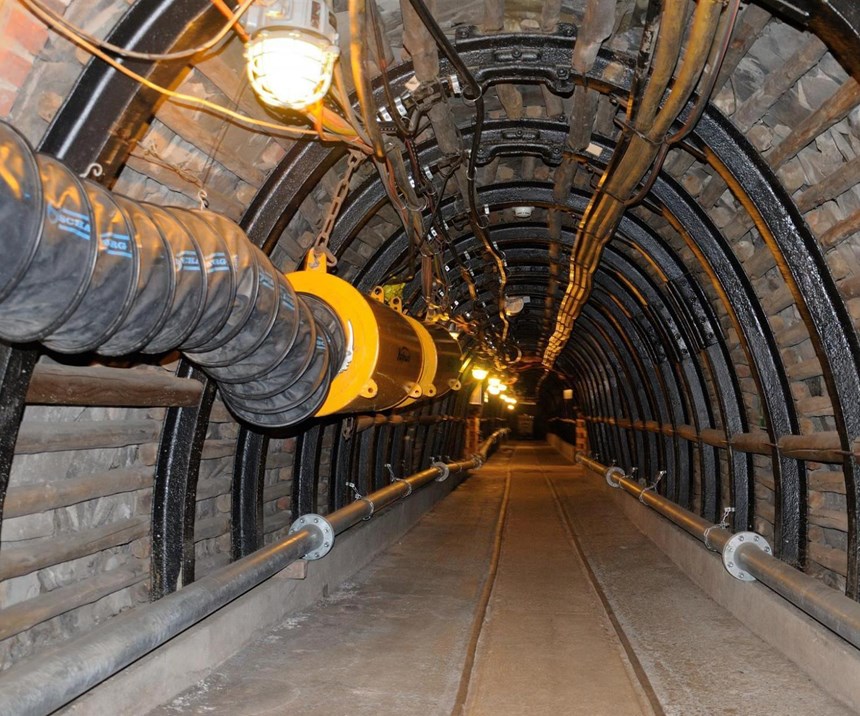Graphene Nanotubes Augment the PVC Plastisol Industry
The plastisol market is among the various industries benefiting from new opportunities being created with graphene nanotubes.
Within the last two years, I have reported on Tuball carbon and graphene nanotubes from Luxembourg’s OCSiAL (U.S. office in Columbus, Ohio), the world’s largest manufacturer of single-wall carbon nanotubes. This has included the company’s launch of the first-ever single-wall carbon nanotube-based pre-dispersed concentrate that create strong, conductive composites, and the first anti-static blown PE films containing graphene nanotubes launched commercially in the Chinese market.
Carbon nanotubes and graphene are two of the most recently discovered forms of carbon. The main difference is, the graphene is a single thin layer 2-dimensional film, while the carbon nanotubes are in the form of a thin film rolled like a 3D tube or cylinder.
One of the latest developments with graphene nanotubes, according to OCSiAL, has been taking place in the PVC plastisol arena. The nanotubes’ unique properties boost PVC plastisol performance to fully satisfy market demand for 105 – 109 Ω/sq resistivity, to preserve a permanent and stable form even after harsh working conditions, to maintain abrasion resistance, and to allow for coloring flexibility of final products. This all is possible with just 0.25–2 wt.% of a graphene nanotube concentrate, recently developed by OCSiAl.
This new technology is able to eliminate the common friction points in the usage of conventional anti-static additives, such as carbon black or ammonium compounds. Carbon black has been shown to negatively affect PVC plastisol’s mechanical performance, and turn final products black, whereas ammonium compounds can become unstable over time and provide only humidity-dependent resistivity.
On the top of that, processing itself is complex—carbon black influences the rheology of the material and facilitates dust formation on the surface. Graphene nanotubes, which can solve all these challenges, bring vast improvements to the PVC plastisol industry, according to OCSiAL.
Graphene nanotubes are creating new business opportunities for conductive PVC plastisol manufacturers. They enjoy an overwhelming welcome in the mining industry, where assurance of safety is vital. Here are a few examples of graphene nanotubes blazing their own trail in this market: 0.4–0.5 wt.% graphene nanotube concentrate in PVC plastisol-based flexible ventilation ducting and fiberglass mesh for mining applications enables manufacturers to obtain a resistivity of 107 Ω/sq with maintained mechanical performance. Others include PVC plastisol-based anti-static textiles and treadmill belts.
Graphene nanotubes may have started as a “wonder-material,” says OCSiAL, but they are quickly becoming a conventional, economically viable technology for many industries. These tiny tubes are being used in a multitude of materials with increasing frequency, including PVC plastisol, acrylic polymers, polyester, polyurethane and epoxy.
Related Content
-
Borealis and Partners Move Forward with Crosslinked PE and PP Pipes Based on Renewable Feedstock
The company’s partnerships in these new drop-in solutions significantly advances carbon footprint reduction.
-
Ineos Nitriles Launches Biobased Acrylonitrile
The company’s Invireo is said to deliver a 90% lower carbon footprint compared to conventionally produced acrylonitrile.
-
Nova Makes Senior Leadership Changes
The company’s aim is to bolster sustainability ambitions

















